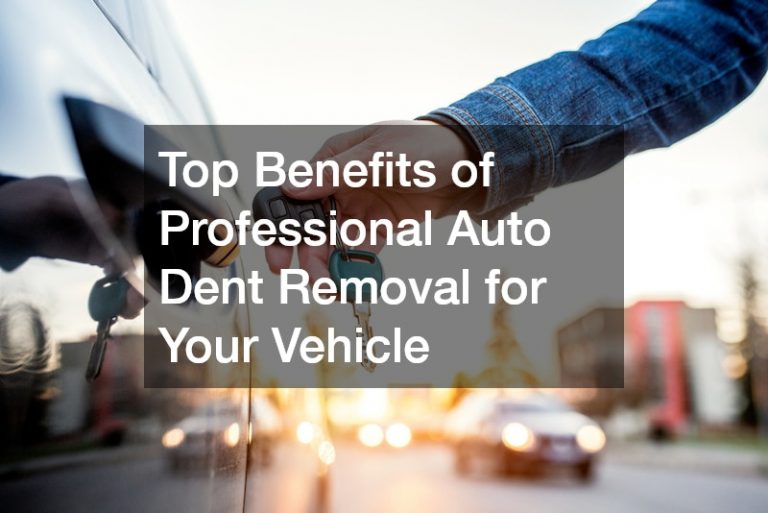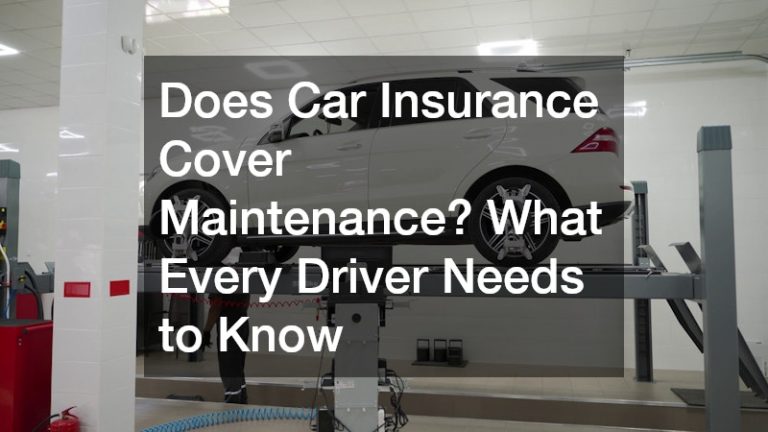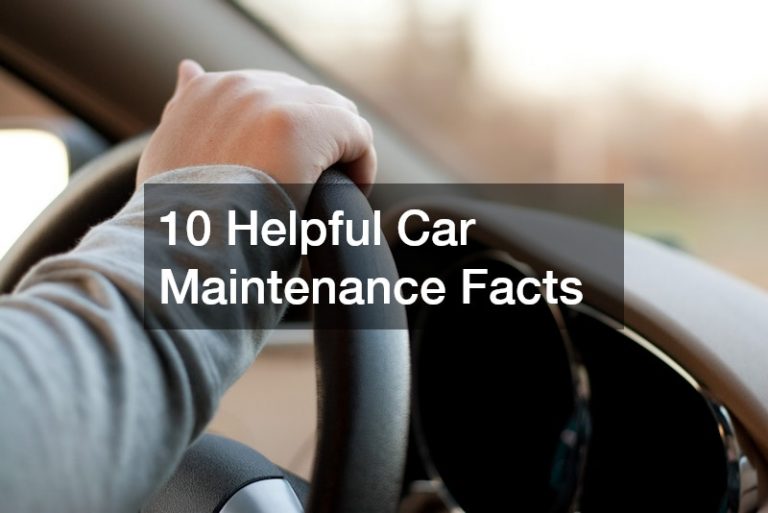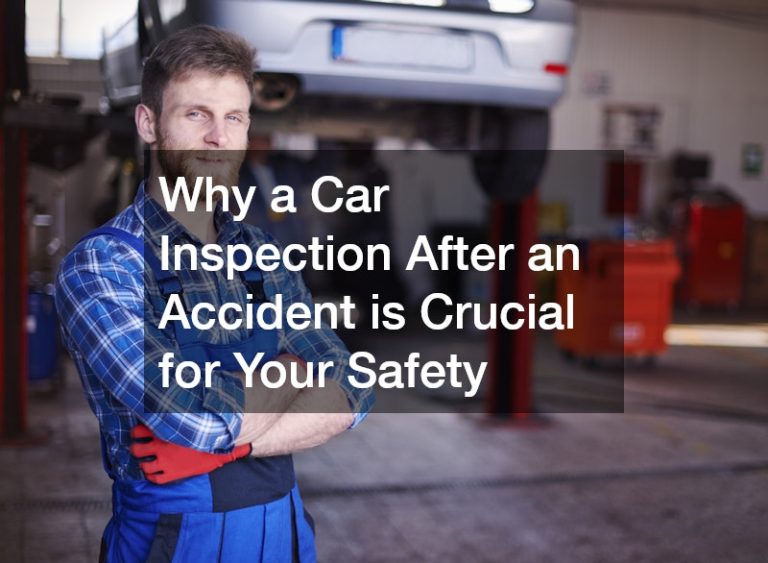The automotive repair and maintenance industry has always thrived alongside the automotive industry. Every vehicle needs repair and maintenance throughout its lifetime, some more than others. Routine maintenance includes mechanical and electrical inspection, tire repair, oil changes, and more. Other non-routine vehicle services include rustproofing, exterior painting, and more.
Certain brands and models have weaknesses that automotive repair specialists have already identified and prepared for. For instance, older models of the Subaru use a head gasket with a single layer of graphite that usually needs head gasket leak repair after running for 120,000 miles. A good shop specializing in the Subaru will know this and replace it with an improved model that will last through the car’s usable life.
Servicing Old and Current Vehicle Models
According to Statista, over 280 million vehicles were running on roads across the United States in 2020. Of these, 14 million were newly purchased brand-new vehicles, while about 40 million were newly purchased used vehicles.
According to the Auto Care Association, the automotive repair and maintenance industry was resilient in 2020, and the effects of the pandemic were less pronounced than in other industries. As more and more fully vaccinated people become mobile, the need for vehicle care will further increase.
The 2021 Joint Channel Forecast Model released on June 7 by the Auto Care Association and the Automotive Aftermarket Suppliers Association (AASA) predicts $325 billion in total sales for the industry in 2021. This represents an 11.2 percent increase from the previous year. They predict another 5.3 percent in growth for 2022 and an average of more than four percent in 2023 and 2024. The Auto Care Association’s president and CEO, Bill Hanvey, believes consumers will retain their older and current vehicles. This will provide the industry with many opportunities for automotive repair and maintenance.
New Vehicle Technologies
Apart from doing what they have always done best, automotive repair and maintenance shops must also prepare for dramatic changes in the auto industry. They cannot just rely on servicing current and older vehicle models. They must upgrade their skills and equipment to meet new challenges and be in step with automotive advances.
New vehicle models have advanced technologies, including automation, electrification, and digitization. They have more sophisticated electrical and mechanical systems, computers, connectivity, and telematics which is the joining of telecommunications and informatics.
Manufacturers send feature upgrades directly to the vehicle, much as they do to smartphones. This affects the repairability of these vehicles. There is a shortage of technicians with the skills to work on these new systems, but the design of the systems can lock out independent repair technicians. In other words, only the manufacturer can repair the car, or the manufacturer can declare it unrepairable.
This is why the Right to Repair Movement for vehicles started. The movement successfully passed a ballot in Massachusetts in 2012 requiring manufacturers to provide car owners with the information, tools, and parts they need to have their car fixed by any local mechanic. Since then, all car manufacturers across the U.S., except Tesla, agreed to apply the Massachusetts law to their vehicles.
What automotive repair and maintenance shops must now do is recruit the best talent among auto mechanics and train them in the new technologies. The Auto Care Association is partnering with universities and automobile manufacturers to create courses for automotive technicians to prepare them for the new repair and maintenance needs.

Electric Cars
The emergence of electric cars and hybrids makes this need more urgent. President Joe Biden stated on January 25 that he intends to replace all government vehicles with electric cars made in the U.S. that have net-zero emissions. In California, Governor Gavin Newsom signed an Executive Order on September 23, 2020, declaring that starting January 1, 2035, only zero-emission new vehicles can be sold in the state. Existing vehicles running on gasoline or diesel, or hybrid vehicles, can still be used until the end of their usable life. Auto mechanics must, therefore, put electric cars among the priorities in their new studies.
Other Trends Confronting the Industry
The rise of the ride-hailing industry led by Uber reduces the number of people who plan to purchase vehicles. Add this to the proliferation of remote work setups, and people will seldom leave home. Hailing an Uber for those fewer trips is more cost-effective than paying a down payment and monthly mortgage for a car that will spend most of its time in the garage.
Many people are also opting to lease rather than purchase a car. This saves them the bother of repair and maintenance, which becomes the responsibility of the lessor. Auto maintenance and repair shops can team up with vehicle leasing companies and offer discounts to Uber owners to grab a share of these markets.
Flexibility Is Key
As technologies advance rapidly, especially in the automotive industry, the auto repair and maintenance industry must learn to be nimble. Quick adaptability is vital to its continued profitability.









